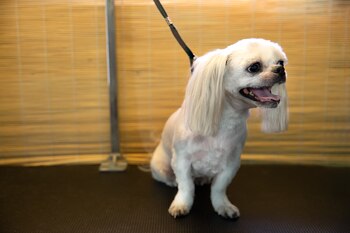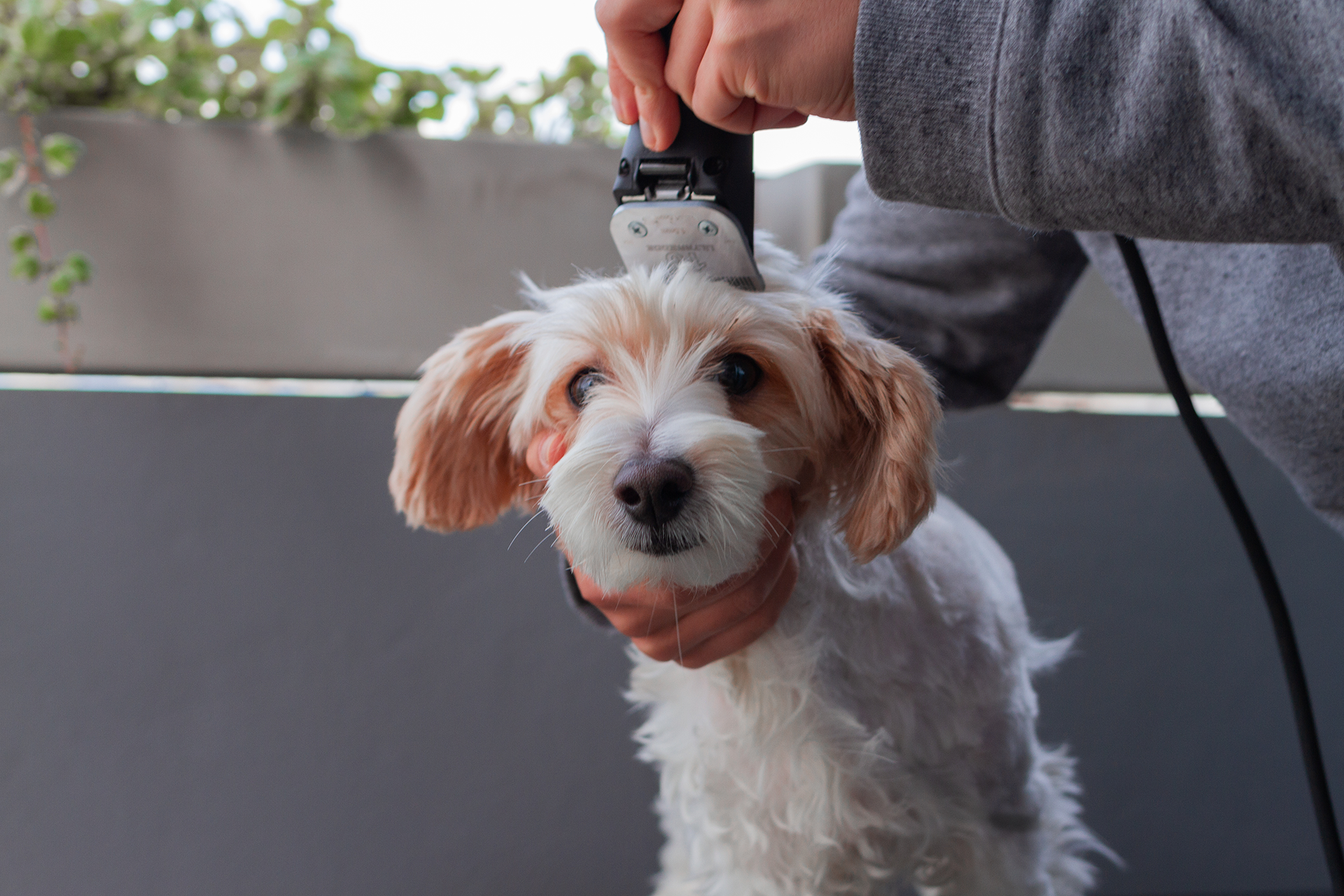

One can observe with amazement in many dogs of breed and “cordon vereda”, a contagion of behavior of dogs peeling the dog “so that it does not suffer the heat”. This is how many dogs look with their hair cut, neat, well flush, with their heads left to their natural length and their tail in the wind like a pompom.
In this way, courts were created with names that bear attributions to Bobby or Colita of wild animals very distant from their behavior and origin: “little lion”, “tigrecito”, and others with incredible and indecipherable names and aspects.
It all arises in the belief that they are doing good to the dog, freeing it from the heat. The dogs seem to react, after the cut, as if they were embarrassed as if they had been undressed in public.

In reality, they feel unprotected from the loss of their hair mantle. The vast majority of dogs have two types of hair: one long and firm, outer, which is real hair, and another shorter inner, very thin and dim, which is lanugo, jarré or plush.
The outer layer is real hair, firm and consistent, full-bodied and serves as excellent protection and insulation against rain and cold, isolating the animal from possible injuries as if it were a natural shell.
This hair is not subject to seasonal shedding, that is, it does not fall out, but suffers the permanent, gradual and imperceptible replacement of the biological renewal of the coat. The second layer of hair, the inner one, is responsible for its characteristics of thermal insulation, and undergoes what we call seasonal shedding, the dog loses it twice a year to adapt its coat to the prevailing climate.
Not all breeds have this coat, nor do they suffer seasonal molting, so it is said that some of them do not lose their hair, such is the case of the poodle or the Maltese.
In short, the dog has an insulated raincoat on top and a warm sweater underneath that takes it off or put it on as needed. On the other hand, the dog regulates its thermal situation very differently from humans and other animals. The dog does not sweat like humans or the horse: It only has sweat glands in the palms of its hands and on the soles of its feet, so its thermal regulation is mainly due to evaporation in its mouth (drooling), by the dilation of the tongue (eliminating heat by radiation) and by panting.
That is why when faced with a certain ambient temperature dogs gasp and drool in advance and as the first compensatory reaction. We think then, as human beings, that the dog is fainting with heat and although it is hot, it is not so much as the humanization of the situation suggests.
Therefore, motivated by this situation, when we peeled it, we stripped it, without knowing it, of all the insulating protection that nature provided it. It is as if from a Bedouin, an experienced man of the heat and the desert, we took away the clothes with which he insulates his entire body. We rip off the dog's sweater and raincoat, we pay good money for it and as a consequence the heat suffers much more because we deprive it of its natural insulation.
*Prof. Dr. Juan Enrique Romero @drromerook is a veterinary physician. Specialist in University Education. Master's Degree in Psychoimmunoneuroendocrinology. Former Director of the Small Animal School Hospital (UNLPAM). University Professor at several Argentine universities. International lecturer.
KEEP READING: